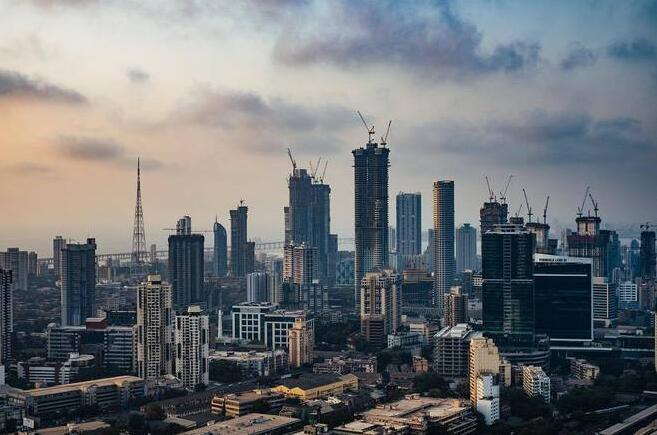 印度为什么不建摩天大楼?
印度为什么不建摩天大楼?
正文翻译

Why India Doesn't Build Skyscrapers
印度为什么不建摩天大楼?

Why India Doesn't Build Skyscrapers
印度为什么不建摩天大楼?
评论翻译

Why India Doesn't Build Skyscrapers
印度为什么不建摩天大楼?

Why India Doesn't Build Skyscrapers
印度为什么不建摩天大楼?
很赞 1
收藏